🥗 Harvest Freshness from Your Small Space🌱
Imagine harvesting fresh 🥬 lettuce directly from your window or preparing a 🥗 salad with spinach leaves grown on your balcony.
Learning how to grow leafy vegetables in compact spaces is not only a practical solution for those with limited room but also a way to reconnect with food sustainably. 🌎💚
🍃 Why Leafy Vegetables Are Perfect for Small Spaces 🌿
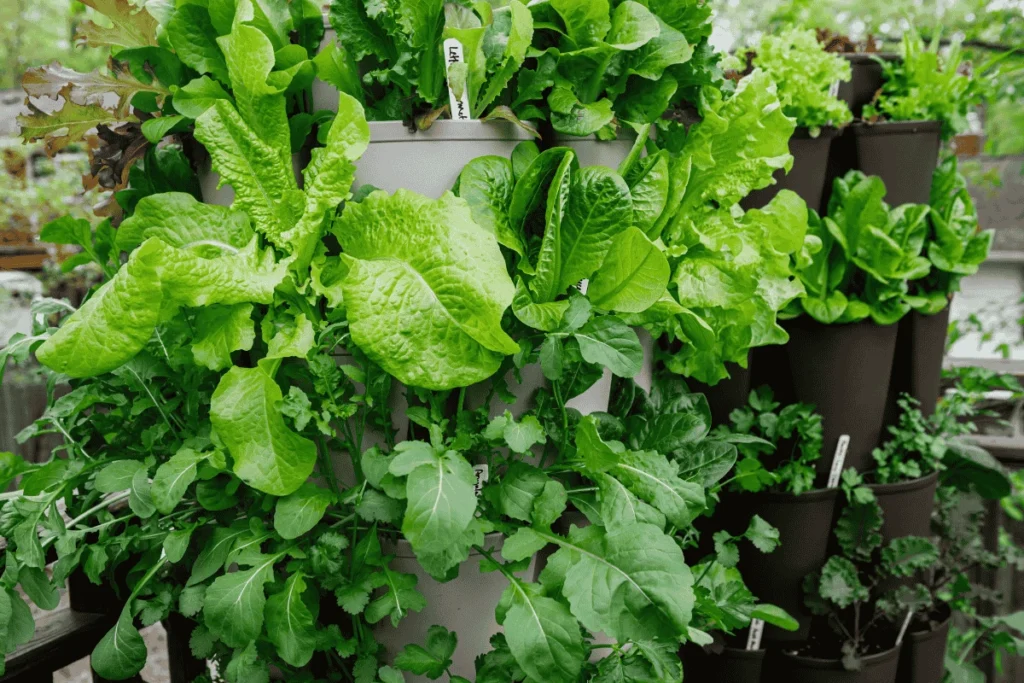
One of the main reasons people choose to Grow Leafy Vegetables in Compact Spaces is their fast growth rate and minimal space requirements. 🥗✨ Here’s how specific leafy vegetables shine in small-space gardening:
🥬 Lettuce: Lettuce is a fast-growing vegetable, with some varieties maturing in as little as 30 days. This rapid growth makes it perfect for continuous harvesting. You can harvest outer leaves while allowing the inner leaves to keep growing, ensuring a steady supply of fresh greens.
🌿 Spinach: Spinach thrives in cool conditions and is known for its impressive growth speed. Within 6-8 weeks, you can harvest a crop of nutrient-rich leaves. Its ability to grow quickly makes it a great option for busy gardeners who want to maximize their harvest in a limited space.
🥗 Kale: Kale is a hardy, cold-tolerant vegetable, which means it can grow throughout the year, even in cooler climates. Its long-growing season allows it to be harvested continuously, making it an excellent choice for gardeners in regions with variable weather or limited warm months.
🌱 Arugula: Known for its peppery flavor, arugula grows rapidly, often ready to harvest within 3-4 weeks. It is perfect for gardeners looking for a quick yield in small spaces. This vegetable’s compact growth habit also makes it ideal for window boxes, hanging baskets, or even vertical gardens.
🔑 Step-by-Step Guide to Growing Leafy Vegetables in Compact Spaces 📝
1️⃣ Choose the Right Vegetables 🥬
🥗 Select vegetables that thrive in small spaces and provide high yields:
- 🥬 Lettuce: Great for salads and sandwiches; thrives in containers.
- 🌿 Spinach: Quick-growing and nutrient-rich.
- 🥗 Kale: Hardy and versatile; ideal for smoothies, soups, or chips.
- 🌱 Arugula: Adds a peppery flavor to dishes; grows rapidly.
- 🍃 Swiss Chard: Vibrant colors make it decorative and delicious.
2️⃣ Optimize Your Space 🪴

🌿 Make the most of your limited area using vertical and compact gardening techniques:
- 🌿 Vertical Gardens: Use wall-mounted planters, trellises, or hanging pots.
- 🪴 Container Gardening: Grow leafy greens in small pots, trays, or window boxes.
- 💧 Hydroponics: Consider soil-free systems for faster growth and efficient use of space.
3️⃣ Use the Right Containers 🥤
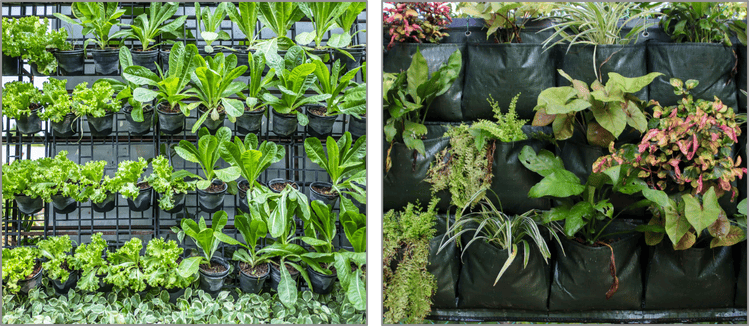
🥬 Leafy vegetables don’t require deep soil, but appropriate containers are important:
- 📏 Size: Opt for containers at least 6-8 inches deep to accommodate root systems.
- 💦 Drainage: Choose pots with sufficient drainage holes to prevent overwatering and promote plant health.
- 🪶 Material: Lightweight materials such as plastic or fabric are ideal for portability.
4️⃣ Prepare the Soil 🪱
🌱 A nutrient-rich growing medium is essential for healthy greens:
- 🌱 Best Mix: Use a combination of potting soil, compost, and perlite for drainage.
- 📊 pH Level: Maintain a pH between 6.0 and 7.0 for optimal growth.
- 💧 Fertilization: Incorporate organic fertilizers like compost tea or slow-release pellets.
5️⃣ Provide Adequate Light 💡
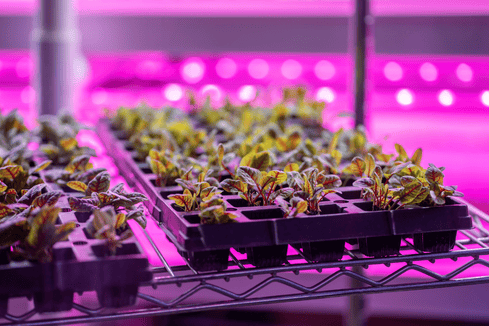
☀️ Leafy vegetables thrive with sufficient sunlight:
- ☀️ Natural Light: Aim for 4-6 hours daily.
- 🌈 Grow Lights: Use LEDs if sunlight is limited. 💡🪴
🌟 Pro Tip: Want to see these techniques in action and learn how to grow your greens indoors all year long? 🎥🌱 Check out the video below! 👇
6️⃣ Water Wisely 💧
💦 Proper watering is key to healthy greens:
- ⏳ Frequency: Water consistently to keep the soil moist but not soggy.
- 🌿 Technique: Water at the base to avoid wetting the leaves, which can lead to disease.
- 💧 Self-Watering Systems: Consider planters with built-in reservoirs for hassle-free maintenance.
7️⃣ Maintain the Temperature 🌡️
🌿 Leafy vegetables prefer cooler temperatures:
- 🌡️ Ideal Range: Maintain temperatures between 15°C and 22°C (59°F to 72°F).
- 🛡️ Protection: Use shade cloth or move containers indoors during extreme heat.
8️⃣ Practice Succession Planting 🌱🔄
🌱 Ensure a continuous supply of fresh greens by planting in intervals:
- 🗓️ Plan Ahead: Sow seeds every two weeks for a staggered harvest.
- ✂️ Harvest Method: Use the “cut-and-come-again” technique to encourage regrowth.
💡 Techniques for Growing Leafy Vegetables in Small Spaces 🏡🌿
🌿 To maximize the potential of your compact garden, it’s essential to explore different cultivation techniques that suit the unique needs of each vegetable. Vertical gardening and hydroponic systems are some of the best methods to Grow Leafy Vegetables in Compact Spaces efficiently.
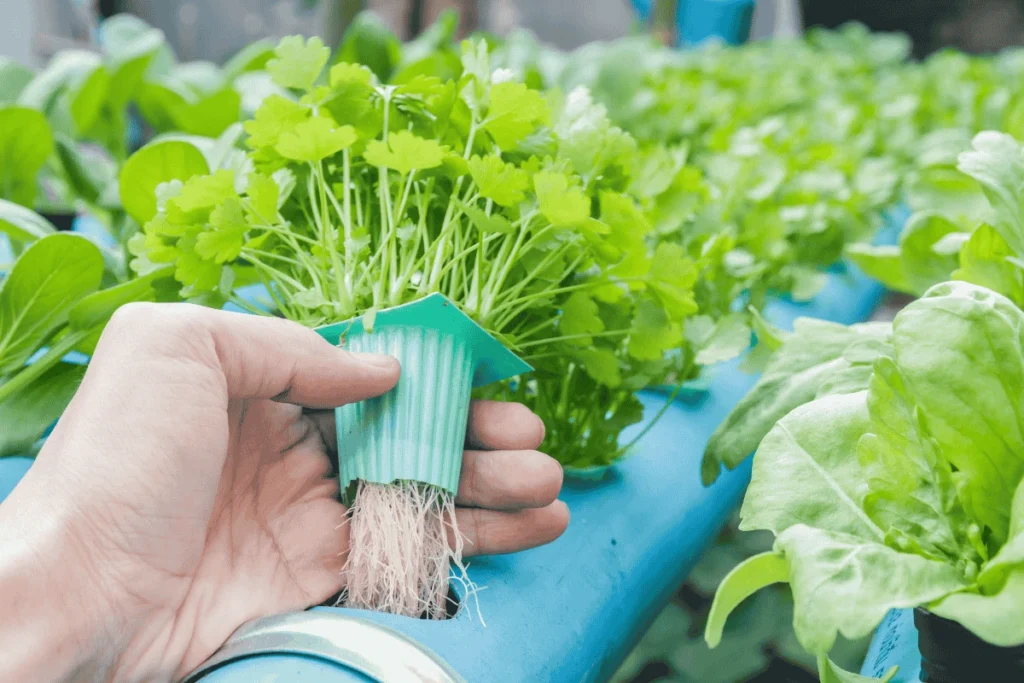
💧 Hydroponic Systems: Hydroponics is a soil-free method that allows plants to grow in nutrient-rich water. This technique is ideal for leafy vegetables because it saves space and promotes faster growth by providing direct access to essential nutrients.
🌱 Hydroponics systems can be particularly advantageous for people with limited space, as they require minimal room and can be set up vertically or in small containers.
🌍 Hydroponic gardens often use up to 90% less water than traditional soil-based gardening, making them a sustainable and efficient option.
👉 To learn more about hydroponics and how to get started, check out our comprehensive guide on Hydroponic Systems: Benefits and How to Get Started.
⚠️ Common Challenges & How to Overcome Them 🛡️
🌿 When you Grow Leafy Vegetables in Compact Spaces, 🪴 it’s important to monitor 🐛 pests and 🧪 nutrient levels to ensure a healthy harvest 🥗.
🐛 Pest Control
- 🔎 Problem: Aphids, caterpillars, and slugs are common pests.
- ✅ Solution: Use neem oil, insecticidal soap, or companion planting with pest-repellent herbs like mint. 🌿
🦠 Disease Prevention
- 🔎 Problem: Overwatering can lead to fungal diseases like root rot.
- ✅ Solution: Ensure proper drainage and avoid overwatering. 💧🚫
🥬 Nutrient Deficiencies
- 🔎 Problem: Yellowing leaves or stunted growth indicate poor nutrition.
- ✅ Solution: Fertilize regularly with organic matter. 🌱✨
🎨 Creative Ideas for Growing Leafy Vegetables 💡
🌱 Looking for innovative ways to Grow Leafy Vegetables in Compact Spaces? Try using hanging baskets, window boxes, and recycled materials like PET bottles or wooden pallets to create vertical planters. 🧺🌸♻️
- 🌿 Hanging Baskets: Grow lettuce or spinach in decorative baskets for an elegant touch. 🧺🥬
- 🌱 Window Boxes: Attach boxes to your windowsill to create a mini-garden with easy access. 🪟🌿
- ♻️ Recycled Materials: Use old shoe organizers or PET bottles as space-saving planters. 🥤🪴
- 📦 Modular Vertical Systems: Invest in stackable planters for efficient use of vertical space. 🧱🌱
✂️ Harvesting Tips for Maximum Yield 🧺
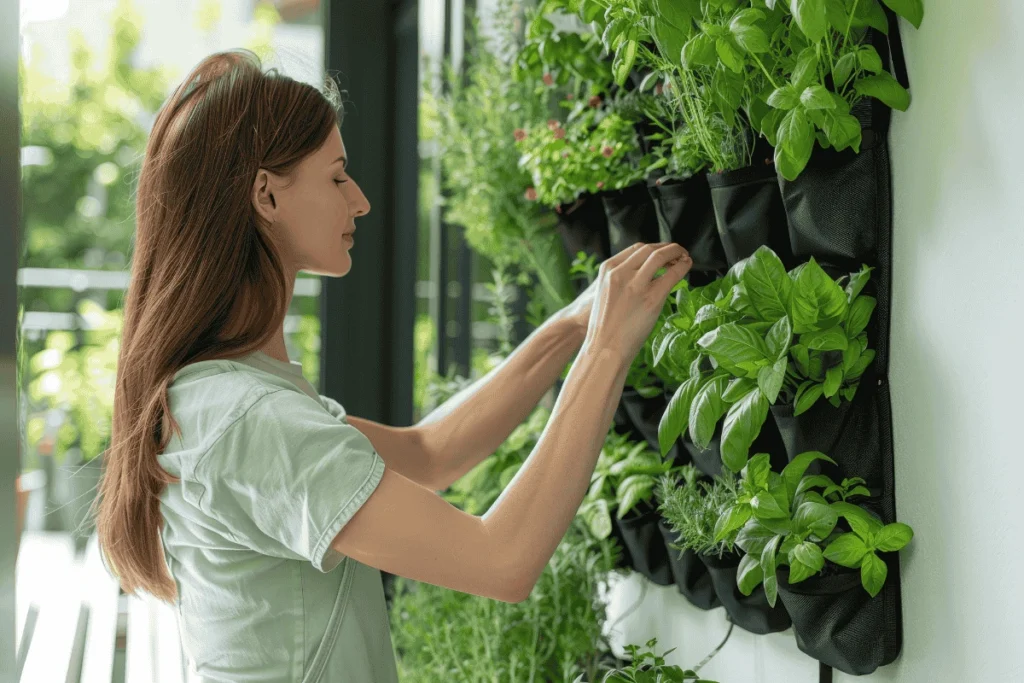
🌱 To make the most of your efforts to Grow Leafy Vegetables in Compact Spaces 🪴, follow ✂️ proper harvesting techniques to extend your plants’ productivity 🌿.
- 🌞 For the crispest leaves: Harvest early in the day for the freshest greens. 🥗✨
- ✂️ Use scissors: Cut leaves above the base, allowing the plant to regrow. 🌿🔄
- 🚫 Avoid over-harvesting: Don’t harvest more than one-third of the plant to maintain its health. 🪴💚
🌟 A Garden of Fresh Possibilities 🌿
🌱 Start Your Own Urban Garden Today! 🏡✨
No matter how small your space is, you can Grow Leafy Vegetables in Compact Spaces with simple methods and reap fresh, nutritious greens year-round. 🥗💚
🎨 With a little creativity and the right methods, even small areas can become thriving gardens. 🌿🏠
🚀 Ready to transform your space into a green paradise? 🌿 Start your journey with our Beginner’s Guide to Vertical Gardens: Grow Vegetables Easily 🪴 and enjoy the satisfaction of harvesting fresh, delicious greens at home! 🥗🍃✨

